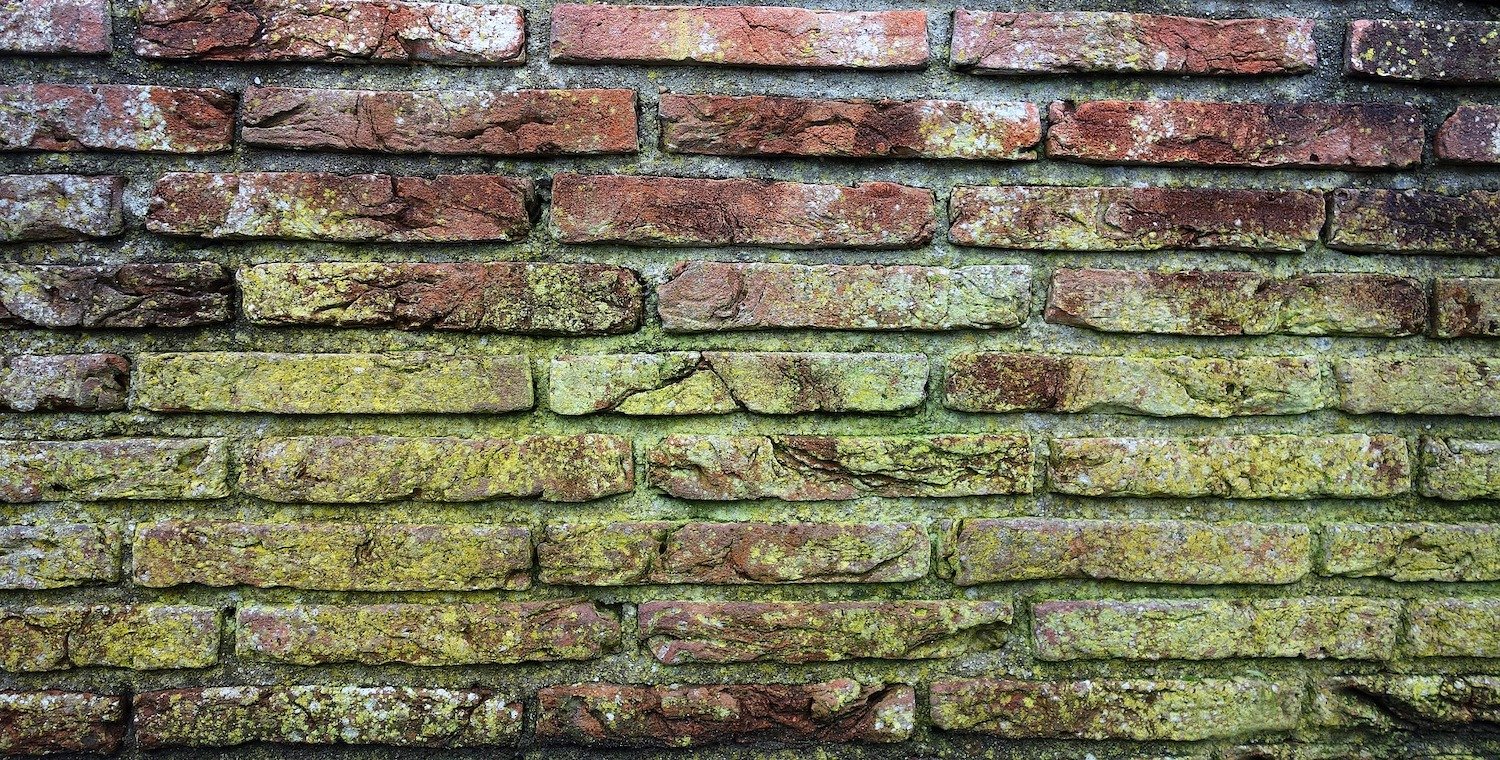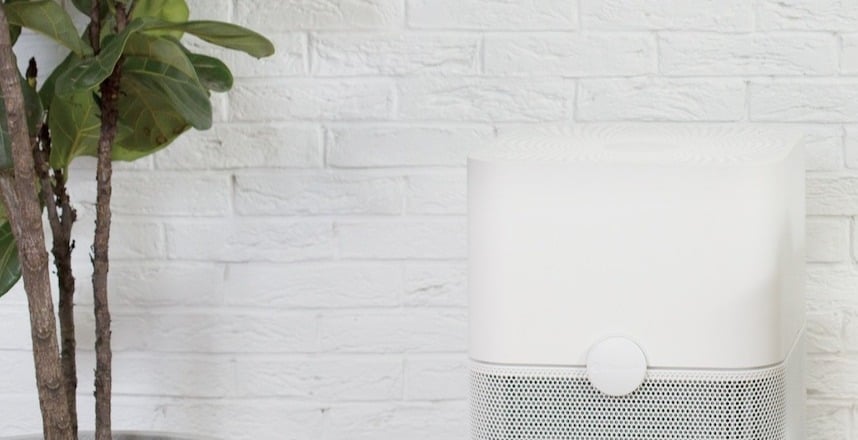Newsletter
Since releasing the Laser Egg, we've received lots of questions about what it is, how to use it, and maybe most importantly, why anyone would want it. One interesting facet of this question comes in this form:
My purifier already has a built-in particle detector that tells me whether the air is good, okay or bad. Why should I invest in a separate device to measure my indoor air quality?
Fair enough! My phone has a calculator app on it, so why would I buy a standalone calculator? Maybe there are engineers out there who swear by their TI-89’s, but I haven’t noticed that gap in my life.
However, comparing the Laser Egg to a purifier’s built-in particle sensor is a little different. It’s more like asking, in a conversation about motorcycle safety, whether you need a helmet if you already own a fedora. They are barely in the same category.
The technology
Just about every air purifier that has a built-in air quality monitor (including our own) uses a dust sensor like this one to detect particulate matter. These devices use an infrared beam and a sensor.
Each particle that passes between the beam and the sensor absorbs a little bit of light, causing the beam to dim a little bit. The sensor picks up on this change, and makes a general estimation of the air quality.
That’s why these devices usually display the reading on a scale similar to the following:
Good-Okay-Bad
Green-Yellow-Red
Five lights/bars
An AQI number that is clearly just made up
Even on a simplified scale, the truth is that these sensors still give a wildly inaccurate picture of what your indoor air quality is like. Side-by-side, we’ve seen a Laser Egg reading 400+ AQI while the infrared sensor still says “Good.”
Laser diffraction, however, is a much more sophisticated technology that can actually count particles and tell you things about them, such as their size. By measuring how a focused laser beam bounces off of the microscopic particles passing through the device, the Laser Egg can give you much more informative readings than an infrared sensor:
Exact AQI, on both the American and Chinese scales
Concentration of PM2.5 and PM10 particles
Total number of PM2.5 and PM10 particles
Why does that matter?
The truth is, maybe for you it doesn’t. Maybe you’re the kind of person who doesn’t care whether it’s 5ºC or 15ºC outside, you just want someone to tell you that you need a sweater. That’s fine.
But if you want to take control of your environment, then you need to be able to make accurate assessments. Part of that is having a highly calibrated tool that can make precise measurements, certainly. The Laser Egg lets you see in extreme detail how little changes—from resealing your windows to burning higher-quality candles—can truly have an impact on your indoor air quality, but there is one even simpler reason to invest in a standalone particle detector:
Getting your air quality data from the same unit that cleans your air does not give you a clear picture of what’s going on across the room.
Above, we mentioned the story of the Laser Egg, sitting on a desk, reading 400+ AQI while the infrared sensor still said the air was great. Part of that is just because infrared sensors just aren’t very accurate, but another factor is that the sensor is sampling air in what is surely the cleanest part of the room: The purifier’s immediate vicinity.
We’ve tested a lot of purifiers, and we’ve found that if you hold a particle counter right on top of the unit, then yeah. Almost all of them produce terrific readings. But when you put the particle counter across the room, you start to see which ones are effective and which aren’t.
Other use cases
We thought it would be fun to illuminate a few other situations where a Laser Egg comes in handy. Being battery powered and WiFi-enabled opens up some interesting possibilities beyond auditing your purifier:
On-site checks for outdoor activities
A Beijing startup that takes groups of kids on interesting outdoor adventures outside of the city uses the Laser Egg to perform on-site air quality checks when they arrive at a venue.
Parents and schools are particularly concerned about the air that their children are breathing. Their phone app may say that the air is really bad in Dongcheng district, but out in the mountains, where the activity is taking place, the situation may be completely different.
The Laser Egg gives them the confidence to decide whether or not activities need to be moved indoors, based on what the air in their immediate surroundings is like.
Make people stop quoting that “living in Beijing is like smoking 50 cigarettes a day” statistic
Smog is bad, mmkay? We know that. It’s not great to breathe in 200AQI air every day. But cigarette smoke is just so much worse. If you’ve ever had someone justify contaminating a space with second hand smoke with a line like “Beijing is like, one of the most polluted cities in the world, and you’re worried about this one cigarette?” then they need to see a Laser Egg.
Seriously. Just turn on a Laser Egg, then light a cigarette and watch what happens. You don’t even need to hold the cigarette near the egg — The AQI reading will still spike to the 350-500 range.
Most people know that smog is bad and cigarettes are also bad, but nobody really knows how to quantify and compare those things. But there are tools to help you see the invisible things that can hurt you, which lets you act, and we finally have one that’s both powerful and affordable.






.png?width=200&height=148&name=Menu%20C%20(2).png)

.png?width=307&height=228&name=Menu%20-%20D%20(1).png)
.png)




